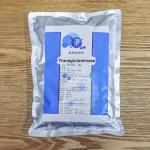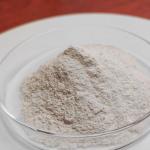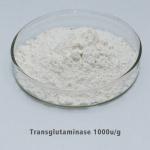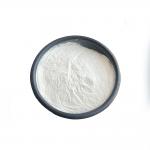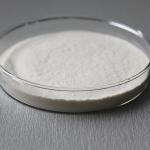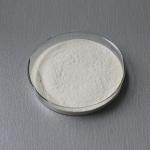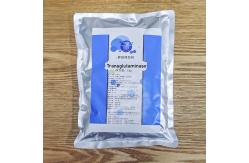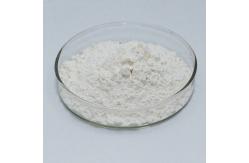Transglutaminase can crosslink between or within
protein molecules through molecular insertion, cross-linking
reaction, and deamination, thereby improving the protein's gelling,
plasticity, water holding, water solubility, stability, and other
properties.
1. Strong adhesion: The covalent bonds formed between catalyzed
proteins are difficult to break under general non enzymatic
catalytic conditions, so using this enzyme to treat food components
has extremely strong adhesion. After processing minced meat with
this enzyme, it will not scatter after freezing, slicing, and
cooking.
2. Good pH stability: The optimal operating pH is 6-7, but it has
high activity within the pH range of 5.0~8.0. When the pH is below
5, the enzyme activity rapidly decreases, and when the pH is above
8 and below 9, the enzyme activity slowly decreases. This is
consistent with the pH value of general protein food systems, which
is beneficial for application in food production.
3. Strong thermal stability: The optimal temperature is around 52
℃, and there is high activity in the range of 42-57 ℃. Especially
in protein food systems, the thermal stability of the enzyme is
significantly improved, which prevents it from rapidly becoming
inactive during general food processing due to heat treatment.
4. Safety of use: Transglutaminase is widely present in animal
tissues, and people have been consuming food containing lysine
heteropeptide bonds catalyzed by Transglutaminase, which is safe
for the human body. |
